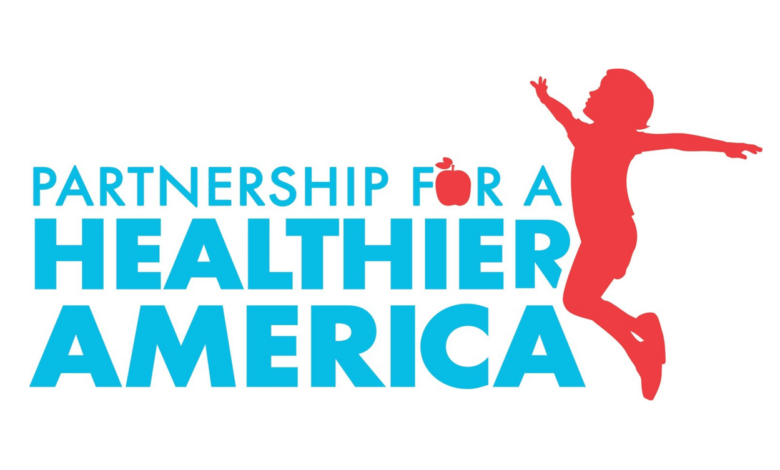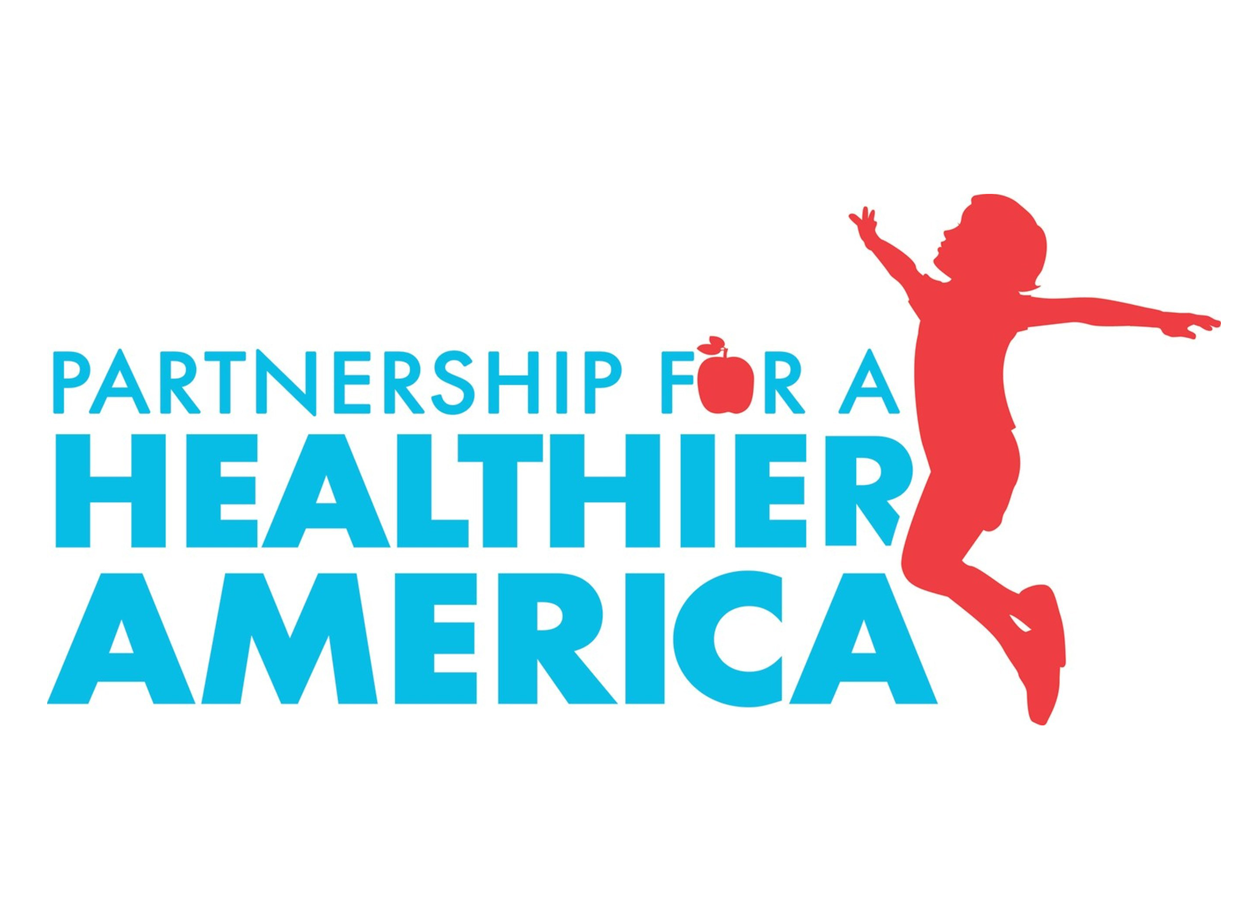
Working Together for a Healthier America: A Collaborative Approach
Working together for a healthier America is not just a slogan, it’s a call to action. Our nation faces complex health challenges, from chronic diseases to health disparities, that require a united front. This journey towards a healthier America demands collaboration across sectors – government, healthcare, community organizations, and individuals – to create a more equitable and sustainable future.
By fostering collaboration, we can leverage the strengths of each stakeholder, share resources effectively, and create innovative solutions that address the root causes of health problems. From promoting healthy lifestyles to investing in prevention and early intervention, a collaborative approach is essential for building a healthier America for all.
Investing in Prevention and Early Intervention

Investing in preventive care and early intervention is a strategic approach to improving health outcomes and reducing healthcare costs in the long run. By focusing on preventing diseases and addressing health issues early on, we can significantly impact the overall well-being of individuals and communities.
Building a healthier America starts with individual choices, and one of the biggest is understanding portion sizes. It’s easy to overeat, especially when we’re not paying attention! Check out this article, 7 portion size mistakes you’re probably making , for some common pitfalls to avoid.
By being mindful of how much we eat, we can all contribute to a healthier nation, one meal at a time.
Benefits of Preventive Care and Early Intervention
Investing in prevention and early intervention offers numerous benefits, including:
- Reduced healthcare costs:Early detection and treatment of health conditions can prevent costly hospitalizations and complications. For example, regular screenings for conditions like cancer can lead to early diagnosis and treatment, potentially saving lives and reducing the need for expensive treatments later.
- Improved health outcomes:Prevention programs can help individuals maintain good health and reduce their risk of developing chronic diseases. For instance, promoting healthy lifestyles through education and community programs can decrease the prevalence of obesity, heart disease, and diabetes.
- Increased productivity and quality of life:By preventing chronic diseases and promoting overall well-being, individuals can enjoy healthier and more productive lives. This can contribute to a stronger workforce and a more vibrant society.
- Reduced burden on the healthcare system:By preventing diseases and addressing health issues early on, we can alleviate the strain on the healthcare system. This allows resources to be allocated to more complex and critical cases.
Examples of Effective Prevention Programs for Chronic Diseases, Working together for a healthier america
Numerous effective prevention programs have been implemented to address chronic diseases, including:
- Smoking cessation programs:These programs provide support and resources to help individuals quit smoking, reducing their risk of lung cancer, heart disease, and other smoking-related illnesses.
- Diabetes prevention programs:These programs focus on lifestyle modifications, such as weight loss, physical activity, and healthy eating, to reduce the risk of developing type 2 diabetes.
- Cardiovascular disease prevention programs:These programs promote healthy lifestyle choices, such as regular exercise, a balanced diet, and managing blood pressure and cholesterol levels, to prevent heart disease and stroke.
- Cancer screening programs:These programs encourage regular screenings for various cancers, such as breast cancer, cervical cancer, and colorectal cancer, to detect these diseases early and improve treatment outcomes.
Importance of Community-Based Healthcare Services
Community-based healthcare services play a crucial role in promoting prevention and early intervention. These services provide accessible and culturally relevant healthcare to underserved populations, including:
- Health education and outreach programs:Community health centers and other organizations conduct educational campaigns to raise awareness about health risks and promote healthy behaviors.
- Screening and early detection services:Community-based services offer screenings for chronic diseases, such as diabetes, hypertension, and cancer, to identify individuals at risk and provide early intervention.
- Mental health and substance abuse services:Community-based services provide mental health counseling and support programs to address mental health issues and substance abuse.
- Social support networks:Community-based services connect individuals with social support networks, providing emotional and practical assistance to help them navigate health challenges.
Building a Sustainable Healthcare System

The United States healthcare system faces significant challenges in terms of affordability, accessibility, and quality. High costs, complex administrative processes, and a fragmented system contribute to these issues. Building a sustainable and affordable healthcare system is crucial for ensuring a healthier future for all Americans.
Addressing the Challenges
The US healthcare system is characterized by high costs, limited access, and uneven quality of care. These challenges stem from several factors, including:
- High Administrative Costs:The US spends a significantly higher percentage of its GDP on healthcare administration compared to other developed countries. This is largely due to the complexity of the insurance system and the proliferation of different payers.
- High Drug Prices:The US pays significantly more for prescription drugs than other developed countries. This is attributed to factors such as limited price negotiation power, a lack of price controls, and a high demand for new and innovative drugs.
- Inequities in Access:Access to healthcare varies significantly across different socioeconomic groups, geographic locations, and racial and ethnic minorities. Factors such as income, insurance coverage, and location play a significant role in determining access to care.
Solutions for a Sustainable Healthcare System
Several solutions can be implemented to create a more sustainable and affordable healthcare system in the US. These solutions include:
- Universal Coverage:Implementing a system of universal healthcare coverage, where all citizens have access to affordable and comprehensive healthcare services, can significantly improve health outcomes and reduce overall costs.
- Price Negotiation:The government should have the ability to negotiate drug prices with pharmaceutical companies to ensure more affordable medications for all. This can be achieved through mechanisms like bulk purchasing or price controls.
- Streamlining Administrative Processes:Simplifying the administrative processes within the healthcare system, such as insurance claims processing and billing, can reduce costs and improve efficiency.
- Investing in Prevention and Early Intervention:Focusing on preventative care and early intervention programs can help reduce the need for costly treatments later on.
Successful Healthcare Models from Other Countries
Several countries have implemented successful healthcare models that provide universal coverage and affordability. Examples include:
- Canada:Canada’s single-payer healthcare system provides universal coverage to all citizens through a combination of federal and provincial funding. This system has been successful in achieving high levels of access and affordability, but faces challenges with wait times for certain procedures.
Working together for a healthier America means making smart choices, and that includes nourishing our bodies with delicious and wholesome food. One easy way to do this during the colder months is with hearty soups, and I’ve found a great resource for inspiration: 9 hearty winter soups under 360 calories.
These recipes are packed with flavor and nutrients, making it simple to fuel up and feel good this winter. Let’s work together to create a healthier America, one delicious bowl of soup at a time!
- United Kingdom:The UK’s National Health Service (NHS) provides universal coverage through a tax-funded system. The NHS has been successful in providing affordable and accessible healthcare to the majority of the population, but faces challenges with long wait times for elective procedures and limited access to specialized care.
Building a healthier America requires a collective effort, and that includes taking advantage of resources like gyms. As we navigate this new normal, it’s encouraging to see gyms reopening, but it’s crucial to prioritize safety. Check out this article on how gyms are reopening and steps to stay safe to make informed decisions about your fitness routine.
By working together, staying informed, and prioritizing health, we can build a stronger and healthier nation.
- Germany:Germany’s social health insurance system provides universal coverage through a mandatory health insurance scheme. This system is characterized by a strong emphasis on primary care and preventative services, leading to high levels of health outcomes.
Engaging the Community

A healthy America requires a collective effort, and community involvement is essential for achieving this goal. Engaging communities empowers individuals to take ownership of their well-being and fosters a sense of shared responsibility for creating healthier environments.
Empowering Communities
Community empowerment involves providing individuals and groups with the resources, knowledge, and support needed to make informed decisions about their health. This includes:
- Providing access to information:Making health information readily available in accessible formats, including community forums, workshops, and online resources.
- Building capacity:Offering training programs and skill-building opportunities that equip community members with the tools to address health issues.
- Fostering collaboration:Encouraging partnerships between community organizations, healthcare providers, and local government to create a network of support.
Community-Driven Health Programs
Many successful health initiatives are rooted in community participation. These programs demonstrate the power of grassroots efforts:
- Community gardens:These initiatives provide access to fresh produce, promote healthy eating habits, and foster a sense of community. For example, the “Grow Your Own” program in Chicago has helped residents in low-income neighborhoods establish community gardens, providing fresh food and opportunities for physical activity.
- Health fairs:These events offer free health screenings, educational workshops, and access to healthcare resources. For example, the “Health Fest” organized by the YMCA in New York City brings together local healthcare providers, community organizations, and residents to address health concerns.
- Peer support groups:These groups connect individuals with similar health challenges, providing emotional support, information sharing, and a sense of belonging. For example, the “Diabetes Support Group” in Los Angeles offers peer-to-peer support and educational resources for individuals living with diabetes.
Outcome Summary: Working Together For A Healthier America
The path to a healthier America is not a solo journey. It requires a collective commitment to collaboration, innovation, and community engagement. By working together, we can create a future where everyone has the opportunity to live a long, healthy, and fulfilling life.
Let’s embrace this challenge, harness the power of collaboration, and build a healthier America, together.

